Specialist Products: Caterham
Aside from the occasional Caterham that had been wildly modified for competition use, such as QED’s twin cam engine example from the 1980s, BTB hadn’t had much to do with Caterhams in general, as they were always well resolved for their primary role as sporting road cars. That was until the emerging popularity of trackdays, and particularly the launch of the original track focused R500.
Caterhams had always performed well on the track with the Chapman inspired ethos of added lightness, matched by increasingly high power levels. The R500 with its race tuned K-series engine, was mainly sold with track use in mind. It was about this time though, that noise limits started to be more strictly enforced and the R500 failed to comply with the majority of circuits’ weekday limits.
With the number of enquiries that were being received for silencers specifically for R500s, it was clear to BTB that a robust solution was required. It was also clear that customers did not want to compromise the power output from their engines, or risk damaging their fragile (and expensive) engines by increasing back pressure in the exhaust. After testing a number of possible internal baffle designs within a repackable silencer a tapered megaphone design was chosen that gave the best attenuation with a negligible power deficit. BTB even supplied one of their R500 silencers to the factory demonstrator that allowed it to be used on circuits with the most demanding noise restrictions at the time.
In the year 2000 the Caterham Blackbird became the first officially recognised motorcycle engine Caterham model. Matching Honda’s top of the range CBR1100 superbike engine to Caterham’s lightweight chassis made a very exciting combination. The prototype and first production cars had exhaust manifolds and repackable silencers made by BTB. These were, perhaps surprisingly, mechanically robust cars, a point which was proven by then Honda F1 driver Ricardo Zonta when he gave some memorable passenger rides to Honda guests around the Grand Prix circuit in Estoril.
2008 saw the release of the Caterham Levante, the ultimate incarnation of the motorcycle derived engine package. Twin Yamaha 20 valve cylinder heads on a common crankcase and fed by a Rotrex supercharger and breathing through a bespoke BTB exhaust. Producing 500bhp at over 10,000rpm, this car was all about extreme performance. BTB also fabricated the unique twin rollhoops and sculpted exhaust heatshields that helped give the car a suitably distinctive style.
2010 saw BTB collaborating with the factory in the development of the SP300R, the first Caterham to deviate from the longstanding 7 formula. Common to both the SP300R and the latest 7s are power plants based on Ford’s lightweight Duratec range of engines. Top of the 7 range initially was the CSR 260, featuring a Cosworth tuned 2.3litre Duratec. The first of these that BTB saw, was home built in traditional Caterham style by long time Caterham enthusiast Keith Fletcher. The factory uniquely allowed Keith to assemble his own car, having seen the quality of his previous self builds. Cosworth provided some further upgrades to the engine, which when coupled with BTB’s new equal length 4-2-1 manifold and repackable 7” diameter silencer, exceeded Keith’s expectations. Mapped by Northampton Motorsport and proven on their rolling road Keith’s car could then proudly be proclaimed as a CSR290.
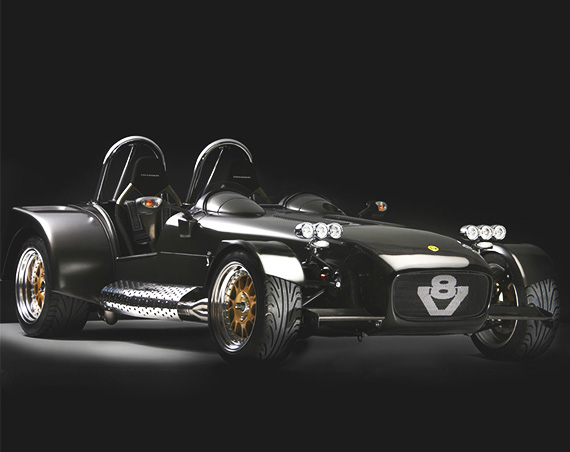
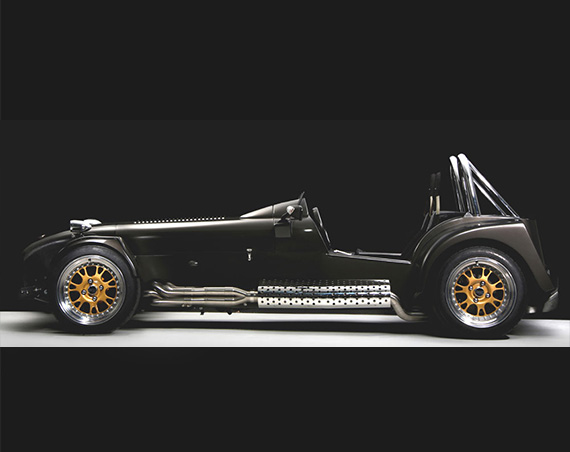
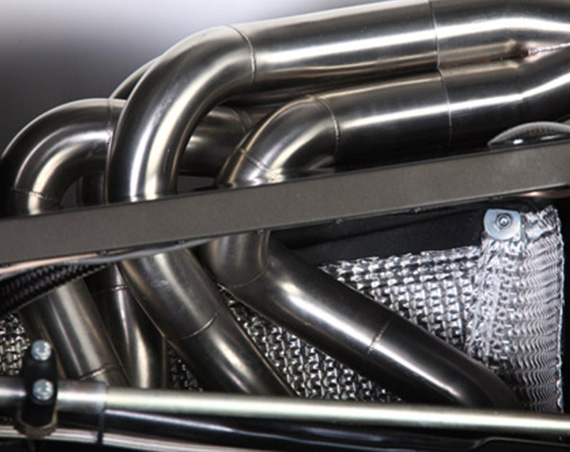
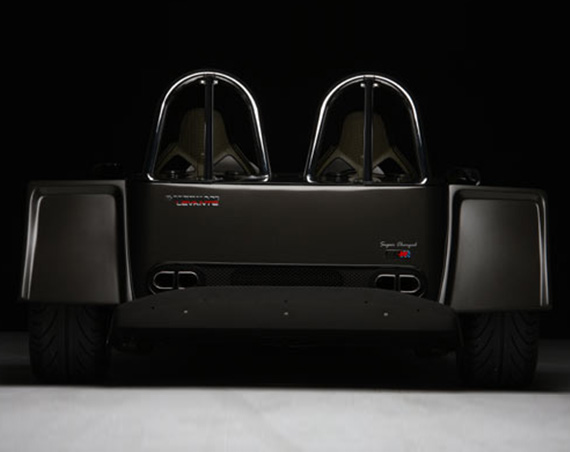
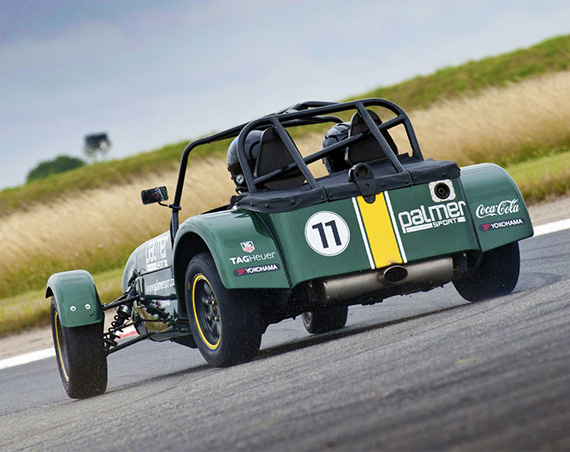
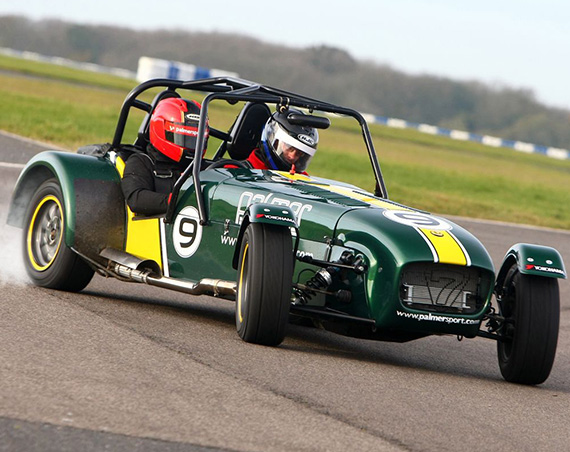
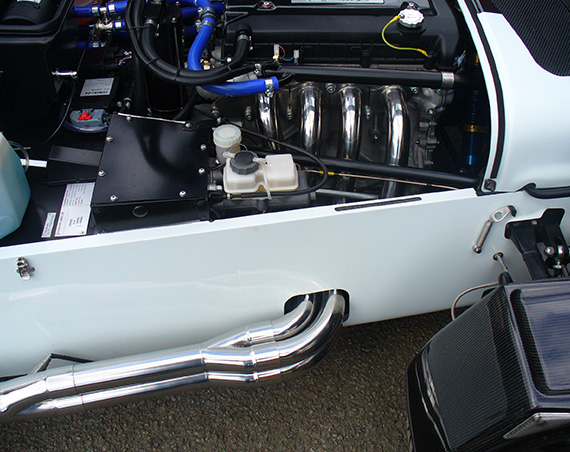
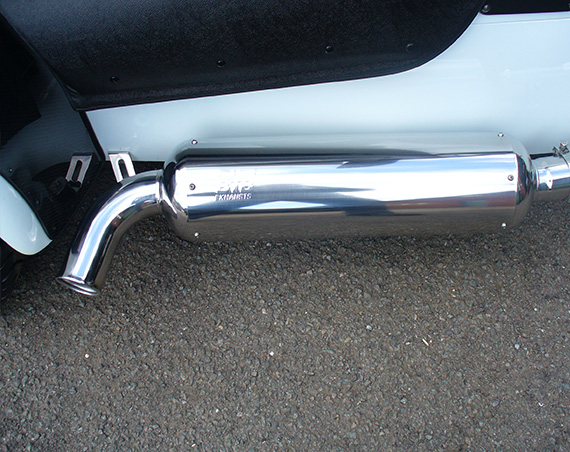
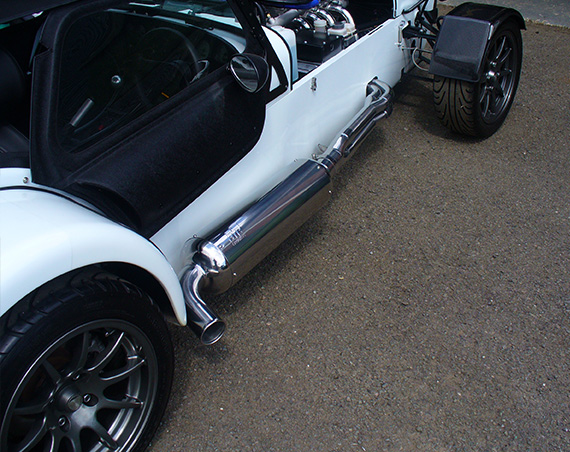
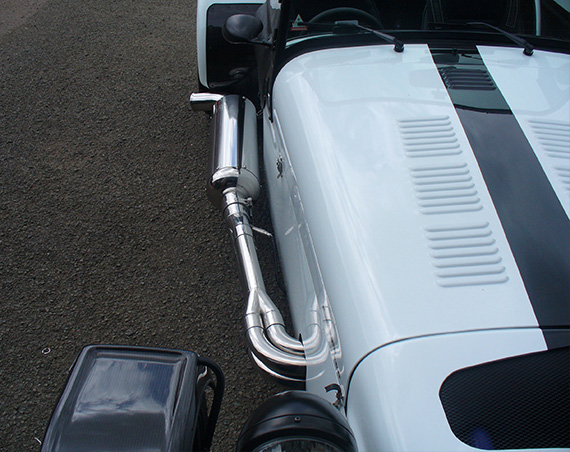
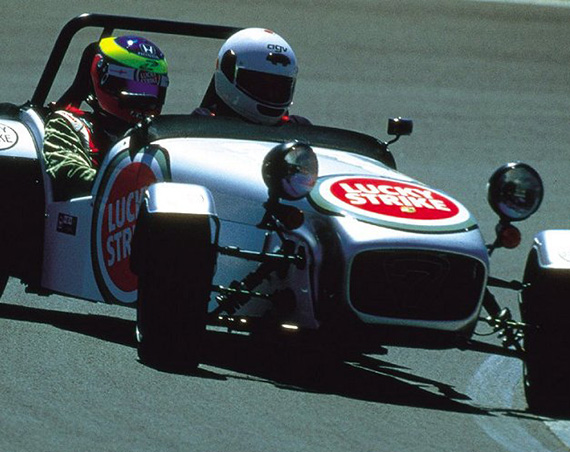
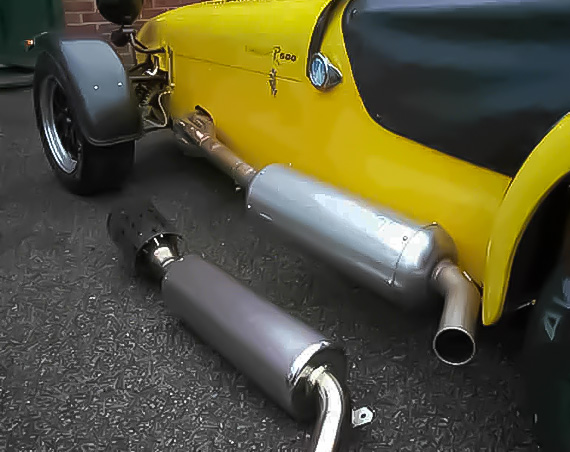
At the same time BTB were helping Palmersport keep their fleet of Caterhams quiet enough for use at their corporate entertainment events. Palmersport’s Bedford Autodrome is a massively popular venue for pushing track cars to their limits in relative safety. It is also one of the country’s most noise sensitive circuits, with continual drive-by monitoring that is directly linked to the local council office that administers the circuit’s license. With the introduction of a new 1600 Ford engined Caterham, BTB designed a unique rear exiting silencer, which solved the noise issue. Repositioning the silencer at the back also made access to the car easier, without having to step over a hot side mounted silencer, which was an added operational benefit.
Caterham owners share a desire for individuality that is reflected in their cars. If you have a unique Caterham that requires a bespoke exhaust solution, BTB have the experience to create an exhaust that matches the quality of your car. Contact us now to discuss your Caterham exhaust requirements.
